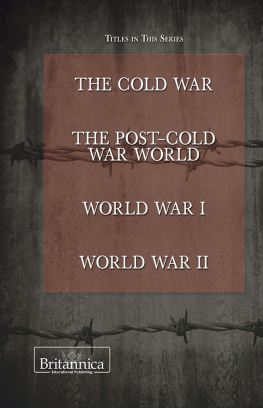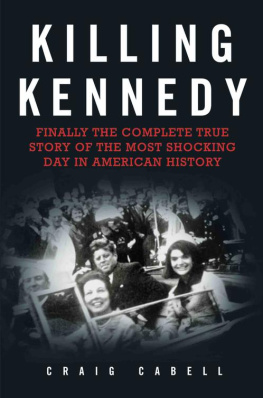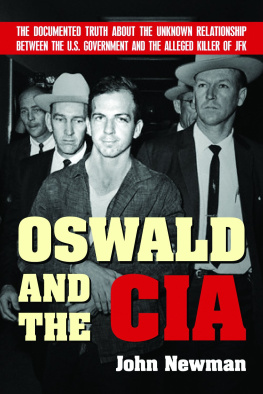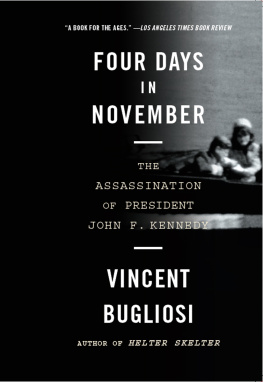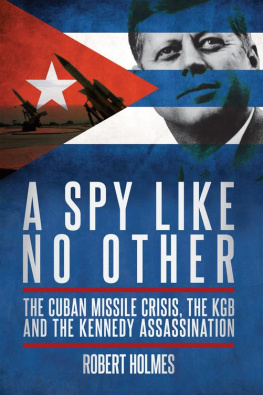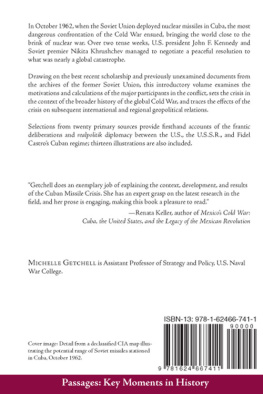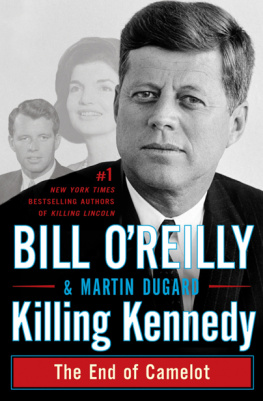COUNTDOWN
TO DARKNESS
THE ASSASSINATION OF PRESIDENT KENNEDY VOLUME II
John M. Newman
Copyright 2017 John M. Newman
All rights reserved.
ISBN-10: 1511503947
ISBN-13: 9781511503945
Library of Congress Control Number: 2015905343
CreateSpace Independent Publishing Platform
North Charleston, South Carolina
ACKNOWLEDGEMENTS
I want to thank my longtime friend and research associate, John, Jay, C. Harvey, Jr. Jay has been a tremendous help to me for more than twenty-two years. Our work together began with Oswald and the CIA, and has continued on every project since then. I also want to acknowledge my friend and research associate Alan Dale. Alan became an important part of our team during the research that produced Volume I of this series, Where Angels Tread Lightly. His contribution to Volume II and the long overdue reissue of JFK and Vietnam has been truly remarkable. Research for this volume has required access to materials kept at the National Archives, College Park, MD (NARA II), and I would like to acknowledge the valuable assistance of Gene Morris, Stanley Fanaris and Robert Thompson.
I want to recognize once again, the support that Malcolm Blunt has given to me ever since the appearance of Oswald and the CIA. In the hopes that I would continue to explore the CIAs internal records disseminations procedures, Malcolm has tirelessly provided me with linear feet of NARA records that took him years to compile. Now that I am back in the saddle, so to speak, I am fortunate to be working with such an extraordinary researcher again.
I want to thank Dan Hardway for his feedback as a reader of this manuscript and for sharing his essays and thoughts on the case in general with me. I treasure his extensive experience and trenchant observations. I also want to thank Bill Simpich for all of the support has given to me. There is no one person who has done more to help break the CIAs cryptonyms and pseudonyms than Bill.
Peter Dale Scotts works have profoundly impacted mine, and he continues to inspire me. As I wander again into Oswalds Soviet sojourn, I am reminded of leads Peter was giving me thirty years ago that I should have paid closer attention to. I want to acknowledge Rex Bradfords great work on the Mary Ferrell Foundation website. There are many new Cuban documents and a brand new cryptonym section available for researchers.
I want to thank the leading members of the Assassination Archives Research Center (AARC), including Dan Hardway, Dan Alcorn, Rex Bradford, David Wrone, Randy Robertson, Brenda Brodie, Tink Thompson, Gary Aguilar, David Talbot, and, especially our president, James H. Lesar. Jims Freedom of Information Act requests have led to the release of many gigabytes of documents on Cuba (and other subjects relevant to the Kennedy assassination) without which several of the chapters in this volume (and Volume I) would not have been possible.
I want to thank my wife and best friend, Sue Newman, who has tirelessly helped me with my research for nearly forty-two years. For this volume, once again, she has generously devoted time and effort as a reader and editor. I want to thank my children, Alexandra Kahler, Mary Singer, and John Newman III for their continuing support and understandingand for giving me six beautiful grandchildren.
The mistakes in this book are mine.
FOREWORDPROMISES TO KEEP
O n 20 October 1960, the eve of the final televised debate between Vice President Richard Nixon and Senator John Kennedy, the senator issued an extraordinary public statement on Cuba. The timing of his statement was calculated to dominate the news cycle during the following day. Earlier, on 23 September, in response to a question on Cuba put to him by the Scripps-Howard newspapers, and, for the first time during the presidential campaign, Kennedy advocated a U.S. role inside of Cubato arm the exile forces there: the forces fighting for freedom in exile and in the mountains of Cuba should be sustained and assisted. In his 20 October statement, Kennedy issued this declaration:
We must attempt to strengthen the non-Batista democratic anti-Castro forces in exile, and in Cuba itself, who offer the eventual hope of overthrowing Castro. Thus far these fighters for freedom have had virtually no support from our government. [Emphasis added]
In this statement, Kennedy, for the first time in the campaign, called for the overthrow of Castro.
Yet, JFK certainly knew that the administration was rapidly arming teams of Cuban exiles in Guatemalan camps and training Cuban pilots for an invasion to do just that: overthrow Castro. He also knew that Nixon could not fight back on this issue because the administrations plans were covert. President Eisenhower had forbidden any public discussion of them. In a later memoir, Nixon recalled that he had felt like a fighter with one arm tied behind my back: I knew we had a program underway to deal with Castro, but I could not even hint at its existence, much less spell it out. Kennedy, Nixon said, with full knowledge of the facts, was jeopardizing the security of a United States
Unfortunately for the Vice President Nixon, Kennedy had heard all about it, and he repeatedly berated Nixon for his failure to stand up to Mr. Castro. Kennedys use of Castro to attack the vice president was a potent weapon. Undeniably, it helped the senators chances in what was a very close election. But, ironically, Kennedy was adding explosive fuel to the doomed Cuban invasion plan that he would inherit a few months later. In effect, he was setting his own table. And the terrible outcome on the beachhead at the Bay of Pigs would plague his presidency and haunt him for what remained of his life.
Richard M. Nixon, Six Crises (New York: Doubleday & Company, Inc., 1962), p. 353.
10/20/60, The American Presidency Project, Statement on Cuba by Senator John F. Kennedy, October 20, 1960.
Richard M. Nixon, Six Crises (New York: Doubleday & Company, Inc., 1962), pp. 352-354.
Jack B. Pfeiffer, the CIA Official History of the Bay of Pigs Operations, Volume III, pp. 72-76. RIF 104-10301-10004.
9/21/60, The American Presidency Project, Remarks of Senator John F. Kennedy, War Memorial Auditorium Steps, Nashville, TN, September 21, 1960.
TABLE OF CONTENTS
INTRODUCTION
T he present volume is the second in a series about the assassination of President John F. Kennedy. This series will eventually comprise four or perhaps five volumes. Collectively, these volumes deal with a substratum within the epochal boundaries of the Cold War. That substratum began with Fidel Castros assumption of power in Cuba on 1 January 1959, and ended with the assassination of President John Kennedy on 22 November 1963. I believe that the first event led inevitably to the second one. But I do not believe that Fidel Castro was behind the presidents murder in Dallas, Texas. The volumes of the present series have one or more principal foci relative to time, around which clusters of people, events and operations are arranged. Each volume will also contain sections that look backward, as well as sections that leap forward. Looking forward and backward will help establish a baseline of the major boundaries and interstitial periods for the recurring themes and characters that came to dominate this case.
Volume I, which was focused principally on 1959, began with a close examination of 1957 and 1958 and, in some chapters, I looked back to WWII and beyond. I discussed the first footsteps taken by many of the characters that became entangled in this case. A revised version of Volume I will be available in January 2017. Some minor mistakes have been corrected along with one important misidentification. Andrew Merton was not David Phillips; rather, his true name was Jack Stewart. In any major murder investigation where people, events, and operations are disguised behind pseudonyms and cryptonyms, there will be mistakesespecially early on in the investigation. The Merton identification has not led me to alter any of the major hypotheses and assumptions of this series. If I discover a mistake that requires adjustments of these working hypotheses, I will make them. That is how investigations proceed in any intelligence operation, and that is how this investigation of JFKs murder will proceed.
Next page

